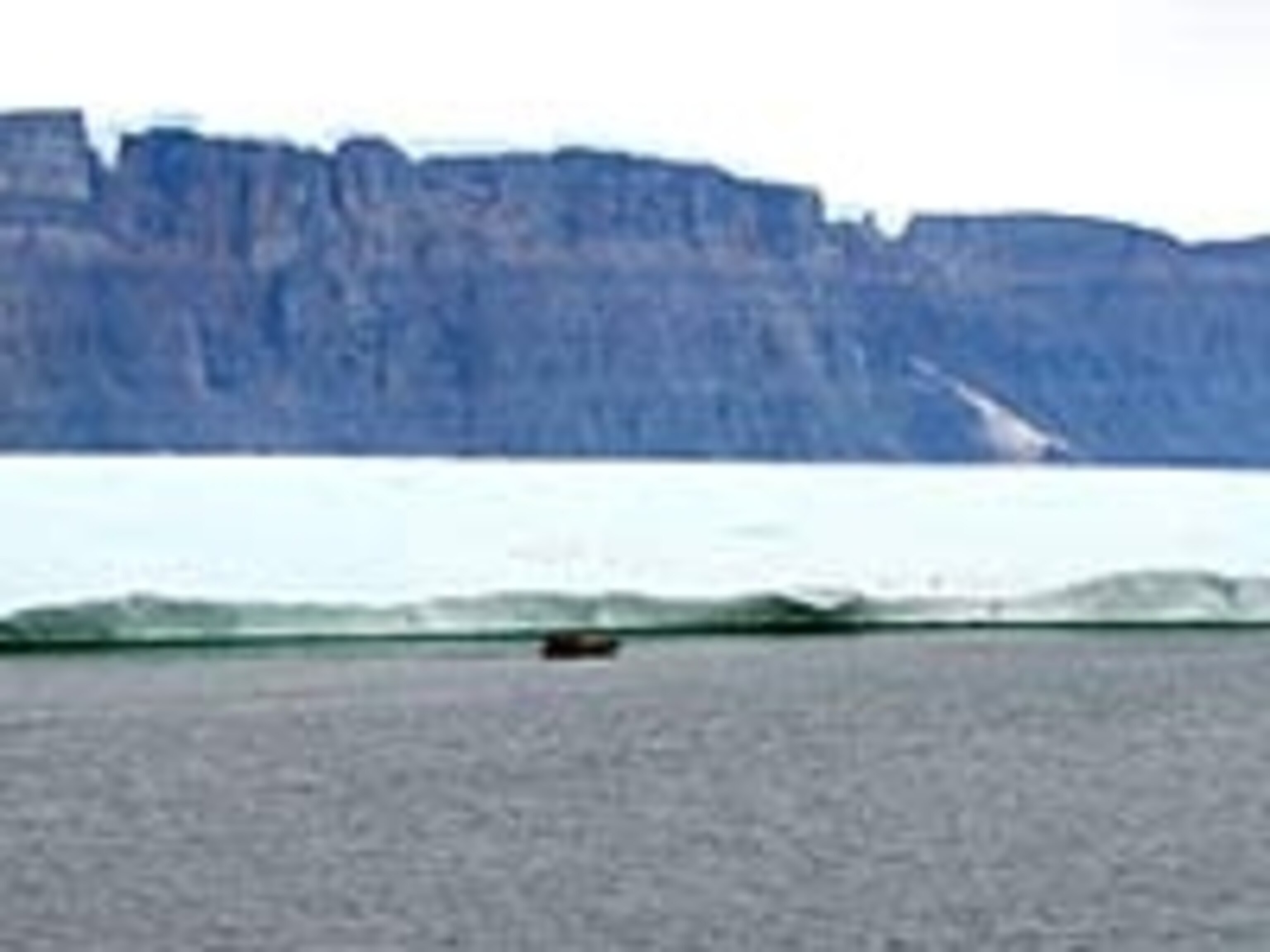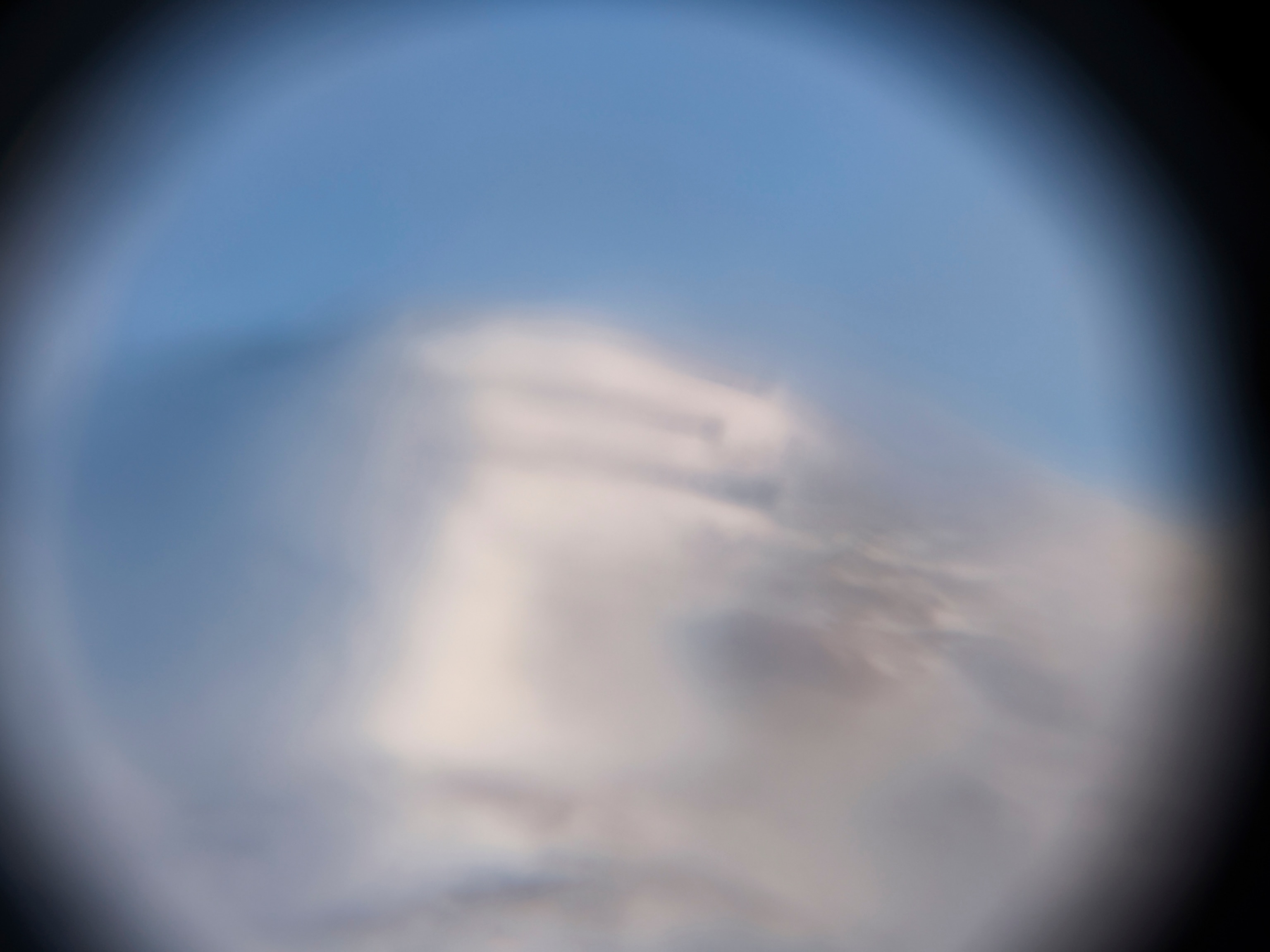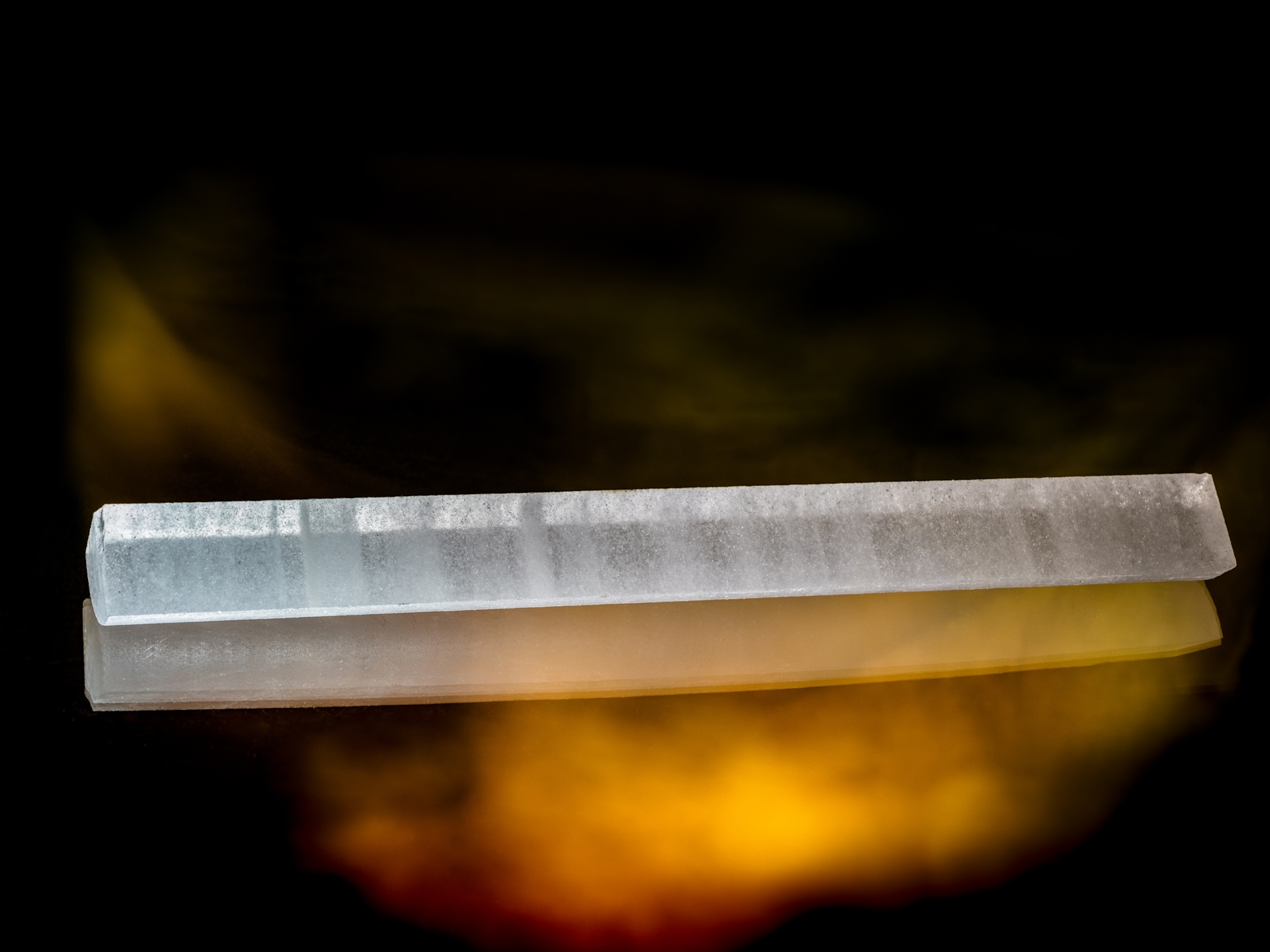
Ice Island Breaks off Greenland; Bigger Than Manhattan
New Petermann glacier collapse may be biggest in recorded history.
An ice chunk four times the size of Manhattan has broken off of Greenland's Petermann glacier—possibly the biggest glacier collapse in recorded history, scientists announced Friday (Greenland map).
The so-called "ice island" covers a hundred square miles (260 square kilometers) and holds enough water to keep U.S. public tap water flowing for 120 days, according to Andreas Muenchow, a physical ocean scientist and engineer at the University of Delaware.
As a result of the collapse, Petermann glacier—located about 620 miles (1,000 kilometers) south of the North Pole—lost about a quarter of its 43-mile-long (70-kilometer-long) floating ice shelf, satellites images taken Thursday show.
The new Greenland ice island is at least the second largest known glacial breakaway, Muenchow said. Another colossal ice chunk broke off of Petermann glacier in 1962, but it's not known whether that ice island was bigger than the new one, Muenchow said.
Like many glaciers, Petermann glacier has been disintegrating (picture) over the last couple years, he said.
(Related: "Not So Fast: Greenland Ice Melting, But Slower Than Thought.")





